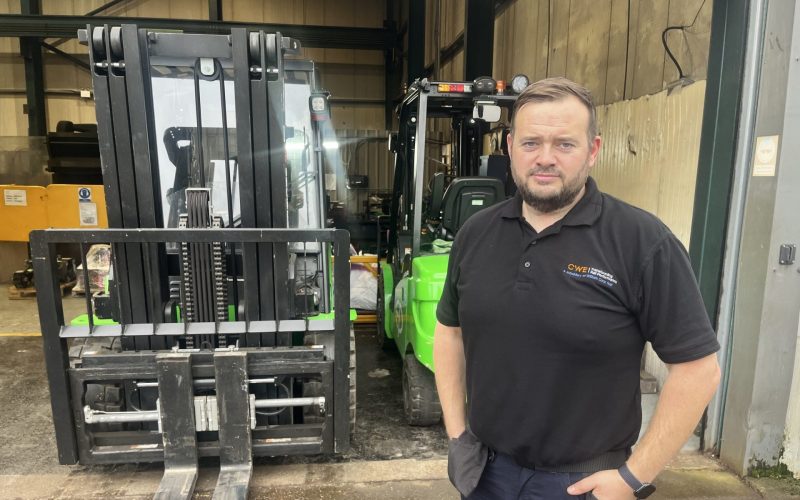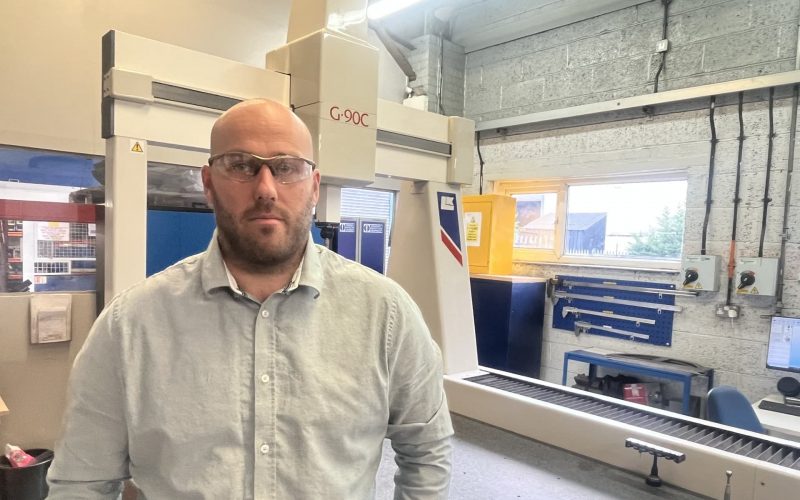CWE Bake Sale Raises £1,000 for Children’s Cancer Trust 🎂💛
12th November, 2025
After the huge success of last year’s charity bake sale, the CWE team decided to make it an annual tradition —
7th September, 2022
It’s a pivotal moment for the UK rail industry. On the one hand, we have a golden, once-in-a-generation opportunity to transform the way the sector is run and create a better railway for everyone with the establishment of Great British Railways and the Williams-Shapps Plan for Rail. On the other hand, issues around both recruiting and retaining skilled workers threaten to wreck this once-in-a-generation chance.
The Williams-Shapps Plan for Rail
The UK government’s plan to transform the railways of Great Britain by implementing long overdue technology upgrades and service changes. It aims to ensure that UK rail is the backbone of a cleaner, more environmentally friendly public transport system by replacing, accelerating, and integrating new technology and regulations.
At CWE, we take this challenge extremely seriously. At our core, we believe that developing skills and investing in the engineering talent of tomorrow is crucial to the success of every business that supports the rail industry – and to the future of the rail industry as a whole. We have always believed this, but never has it been more true than now.
An ageing workforce, failed efforts to diversify and the impact of losing European workers after Brexit are all factors said to be contributing to a skills shortage. And with several major new rail projects underway or on the horizon, experts believe up to 120,000 additional people will be needed to work on the UK’s railways by 2030.
A report on rail skills by the City & Guilds and the National Skills Academy for Rail (NSAR) has given the clearest picture of the problem. The authors say their research paints a “stark picture” for the future of the UK’s rail workforce and warns that skills shortages are set to escalate significantly in the next few years, culminating in a “critical” skills shortage by 2025.
The reports headline figures show:
The problem is not only in retention. In order to take on enough skilled staff in the time frame required is highlighted by the industries struggle to attract workers, particularly young people and those from minority backgrounds:
So it’s clear there is a problem. But if we’re going to prevent the problem from becoming a crisis, we need to raise awareness of the issue and take action.
At CWE, we don’t just make the case for plugging the skills gap in the UK rail industry – we put our money where our mouth is. We believe it’s the duty of employers across the industry to answer the call and help to increase awareness and provision of opportunities in UK rail. That’s why we’re proud to help provide real and valuable opportunities to young people who want to pursue a career in rail.
There are several different ways we do this:
The majority of the CWE senior management team joined the industry as apprenticeships, so we’re true believers in the importance of providing routes into rail careers that begin with practical, hands-on training.
And because there’s much more we can and will do, that’s why we’ll be talking a lot more around this in the next few months, to get everyone on board for the good of the industry as a whole.
For more information, click here.

12th November, 2025
After the huge success of last year’s charity bake sale, the CWE team decided to make it an annual tradition —

3rd November, 2025
At CWE, we’re proud to be part of the UK rail industry. We believe it’s a great place to work and that our

22nd September, 2025
At CWE, we’re proud to be part of the UK rail industry. We believe it’s a great place to work and that our